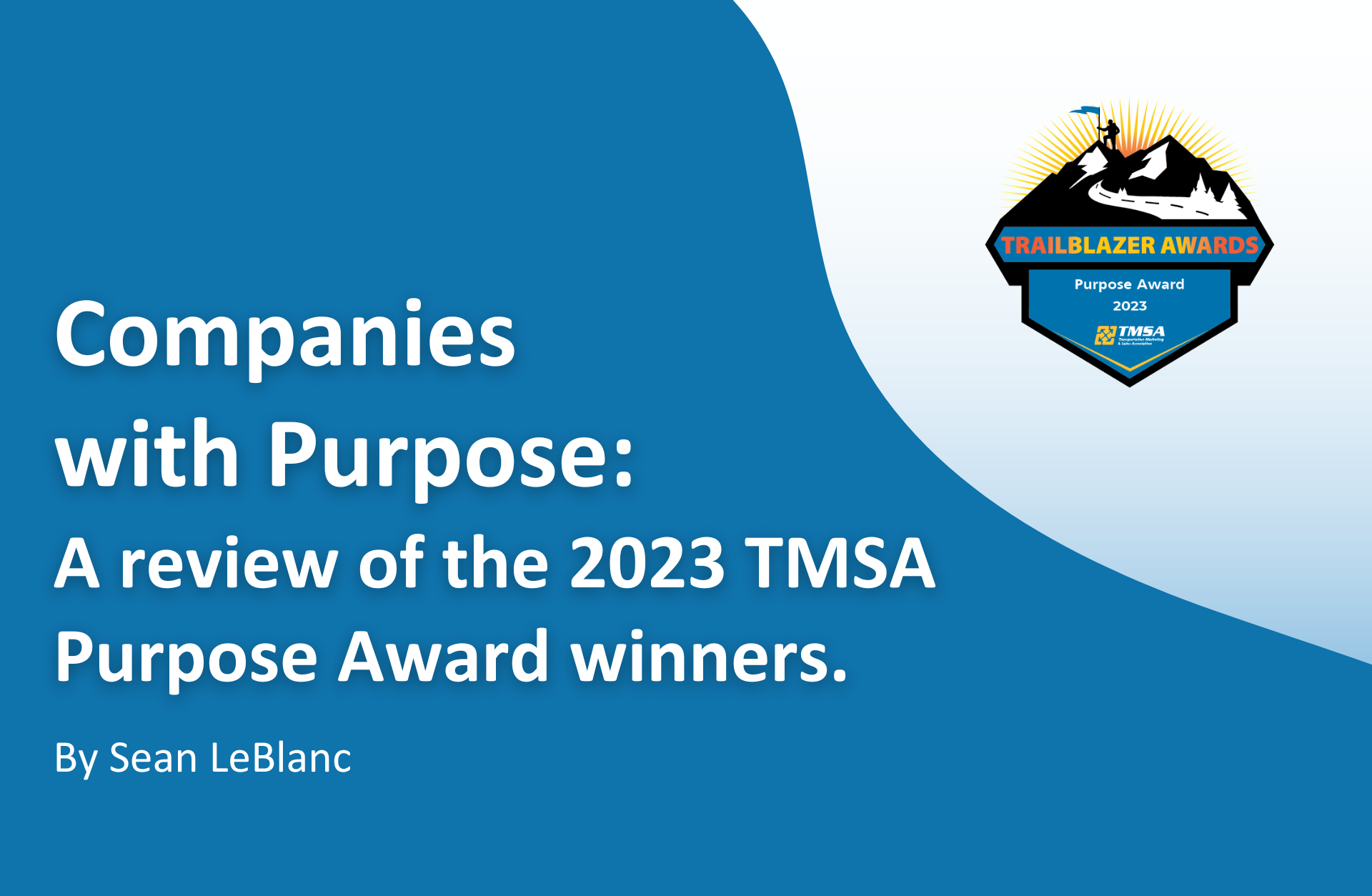
Written By: Leigh Sauter | Dec 3, 2020 12:00:00 AM
By Leigh Sauter, Senior Director of Marketing and Customer Advocacy at Tucker Company Worldwide
As a marketer, it’s easy to feel a bit removed from your customer base at times. After all, we’re typically called upon to execute everything from lead generation to internal communication, working in the background while our salespeople are out in front. However, by incorporating some simple customer feedback touchpoints into your overall strategy, you stand to gain important marketing insights, a view into the health of top accounts, and the perspective to help drive customer-focused organizational improvements.
First, you’ll want to plan your customer feedback as you would your marketing strategy and decide when and how you’re going to collect customer insights. Your customer-wide surveys should aim to be brief and infrequent (annual, biannual, or quarterly at most). And although surveys provide a solid foundation for your program, a well-rounded customer feedback strategy will employ multiple touchpoints and communication vehicles. Here are some ideas:

Here, consistency is paramount in measuring progress over time. Settle on a cadence, and deploy the same questions each time, aligned closely with your company’s core values or processes. For instance: ask customers to score your organization from 1-10 on things like service, staff, billing procedures, and on-time delivery. Don’t forget typical Net Promoter Score (NPS) questions, such as, “How likely are you to recommend us to a friend?” — scoring questions numerically and following up with optional open-ended comment boxes (“Where can we can improve?”) to collect specific feedback and sentiments.
Other considerations:
Consider implementing brief surveys at key points in the customer journey – during onboarding, celebrating customer anniversaries, commemorating a shipment milestone, after an issue resolution or customer call, etc.
Formal surveys are great to get a broad sense of how your customers are feeling, but sometimes you’ll find that most of the feedback is positive. That’s still a cause for celebration, but it could be that your customers subscribe to the “if you don’t have anything nice to say, don’t say anything at all” philosophy. For that reason, quarterly customer check-ins can be a valuable source of information. Come up with a standard set of questions (they can vary by quarter), and have your Sales and/or Customer Success executives elect 10-20 accounts to personally call on the phone to get a pulse of how your organization is performing for them. This method has the added advantages of getting your execs to hear feedback firsthand, giving the customer access to your executive team, and deepening the relationship all around. Ensure your teams are hitting a variety of high-revenue AND high-potential accounts throughout the year.
Customer events that have an “Advisory Council” approach embedded in them can be a great source to collect information about the challenges your customers are facing, dive into the nuances of their particular customer journey, and help you understand where you stand in relation to your competition. These insights can be instrumental in helping you craft personas, relevant marketing messages, responses to common objectives, and much more. If you have a customer event in the pipeline, adding a feedback component is a simple and effective way to keep your ear to the ground.
All of the tactics mentioned should have a CRM component to ensure that your entire team has visibility into the feedback you’re collecting. The same goes for everyday customer feedback. Are your customer-facing teams instructed to log customer feedback and tag it appropriately? By compiling all feedback in one place, you’ll benefit by having a much deeper understanding of the account when it comes time for business reviews and forecasting. Sophisticated feedback programs will look at these many touchpoints and may even bring lead scoring into the mix.
A thoughtful customer feedback program benefits both your organization and your customers and ensures you never get too far from what your customer base expects and wants from you. It can help prioritize initiatives within your organization and also drive the business case for improvements you may have been unaware you needed. Maybe even more importantly, your customer feedback strategy will show your customers that you don’t take them for granted — and showcase your dedication to continually improving on their behalf.
Knowing your customer is the key to effective marketing, upselling, retention, and so much more. If you don’t have a formal feedback strategy, now is the time to take a few steps forward towards creating one in 2021.
Are there tactics I’m missing? Drop me a line!
Join TMSA for education, connections and resources specific to the transportation and logistics industry. Learn More
Tags: Strategy

The TMSA Purpose Awards recognize companies in the transportation and logistics industries that positively contribute to their communities and the planet. Each year's submissions tell stories of...